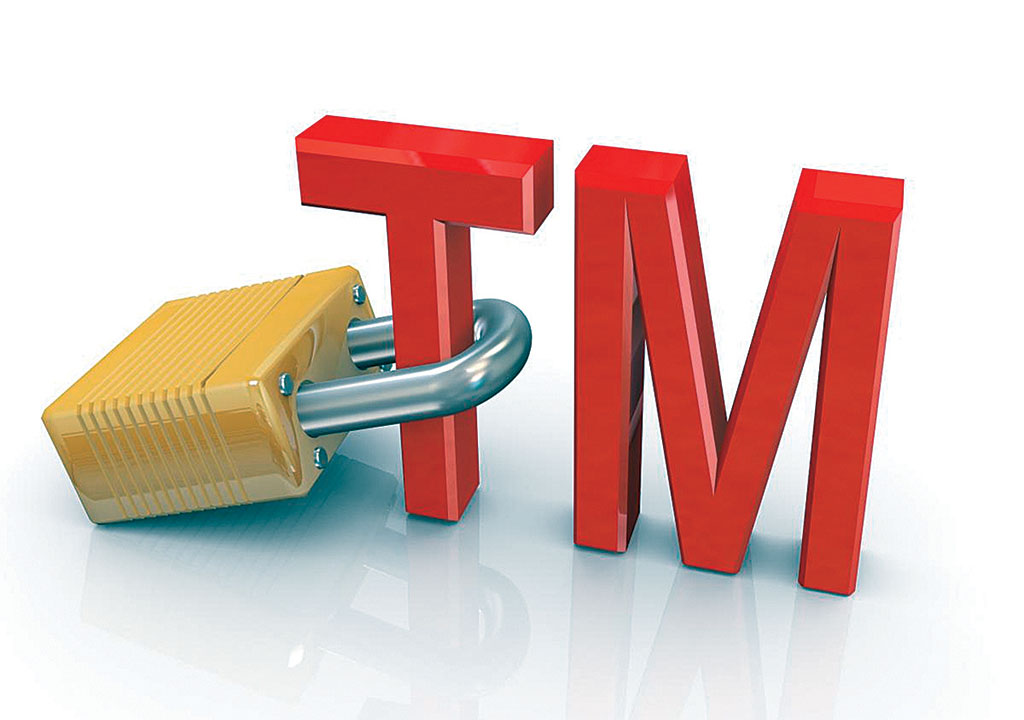
The Sentencing Act 2074 (hereafter referred to as “Act”) which will be effective from Bhadra 1, 2075 will mark the beginning of a new and a separate penal system in Nepal. Up until now, the essence of this specific law has been incorporated by different laws, most notably, the Muluki Ain. A need for an effective and a separate sentencing law was felt in order to ameliorate the existing Nepali criminal legal system. Thus, the Act was drafted in order to determine penalties and implement the same in an effective manner which will considerably promote the facilitation of an effective Nepali penal system.
First and foremost, what needs to be understood is that the provisions of the Act do not apply to certain cases of determination of punishment, i.e. offences in relation to contempt of court, actions taken by the Legislature -Parliament against abuse of privilege and in case a law specifically mentions that the provisions of the Act will not be applied. Secondly, the Act also proposes a reformative form of punishment rather than its retributive counterpart. Unlike previous penal laws of Nepal, the Act focuses on reformative, rehabilitative and a restorative forms of punishment.
The Act proposes for reformation of prisoners, conducting reformative programs including skill, education and employment oriented and disciplinary programs before their release from prison. This is considered to be the first initiation of this kind. Provisions in the Act such as Section 22 provide that prisoners may conduct acts of social service while Section 25 states offenders may be sent to correction facilities or correction homes for reduction in their term of imprisonment. Similar principles can also be seen in Section 26 which states that offenders with record of drug abuse or offenders with weak mental or physical health may be sent to recreation centers; whereas Section 28, 29 and 30 provide for an open jail system, parole system for prisoners and a process of socialisation of the prisoners respectively, all of which aim at integrating the offenders or prisoners back into society. The Act also seeks for correction and improvement in the prisoners before such an integration process. Section 31 states that prisoners may be allowed to leave the prison for specific amount of periods in certain cases, or provided moral, work oriented, ethical and even spiritual education for improving their morality and behaviour. There exists however, certain factors for providing such amenities which the prisoners will only be provided as per the provisions of the Act.
The Act has also incorporated various new principles such as punishment on the basis of gravity offence and equal punishment for same crime (equal protection principle or the principle of equality in criminal law). The new Act in Section 15 states that various factors must be considered during the determination of punishment which include mitigating and aggravating factors of crime, situation of the time of commission of crime and the overall behaviour of the offender. The Act also proposes that the objective of sentencing should be to discourage crimes, protect society, provide compensation to victims, reintegrate offenders in the society all while keeping them away as needed and condemn behaviours prohibited by law.
Compensation is also one of the major focused areas of the Act and it asserts that compensation must be provided by the offender to the victim and to the heir of the victim in case of the death of such a victim. It must be noted that the provisions regarding compensation have been substantially improved compared to previous laws, particularly the Muluki Ain. The Act now states that determination of the amount of compensation must be based on, among other factors, the mental, physical and emotional injuries suffered by the victim and the condition of the victim of any dependent person. Previous laws, for example, Muluki Ain, Chapter on Hurt/Battery provided minimum amount of compensation (for example, Rs 300 per tooth in case of battery) and did not consider the above-mentioned injuries suffered by the victim. Also, the Act provides for immediate provision of compensation and its priority over fines. Finally, a victim relief fund is also to be established under the Act which will aid in an effective system of provision of compensation.
The implementation of the Act will also bring along an effective and more functional sentencing system. Section 8/9 states that a separate hearing shall be conducted by courts within 30 days after a person has been established as an offender by the court, except in cases as stated in the Act. This will help the courts to focus more on sentencing rather than the case itself, thus improving the sentencing mechanism. Section 10 further provides that this hearing process shall not be delayed or hindered even when the offender or his/her legal representative cannot appear in the court. These provisions will assist in a swift and prompt justice dispense mechanism. Unlike the current situation, after the implementation of this Act, cases will be adjudicated quicker, will be more constructive, and well decided.
The implementation of the Act will bring much-needed change in Nepal’s penal system. The Act along with the Muluki Criminal (Code) Act, 2074, Muluki Criminal Procedure (Code) Act, 2074, Muluki Civil (Code) Act, 2074 and the Muluki Civil Procedure (Code) Act, 2074 will form a substantial part of the laws of Nepal and will provide distinctive and separate criminal and civil laws that are currently considered to be unclear and defective in some ways. This Act will not only succour existing penal laws but will also aid in the perfection of our justice dispense mechanism and the overall Nepali legal system.
Shikhar Pandit is a managing associate at Gandhi and Associates currently focused on the management of the corporate team. Shahrukh Rai is an associate at G&A currently taking a leading role in developing the research department in the team.





